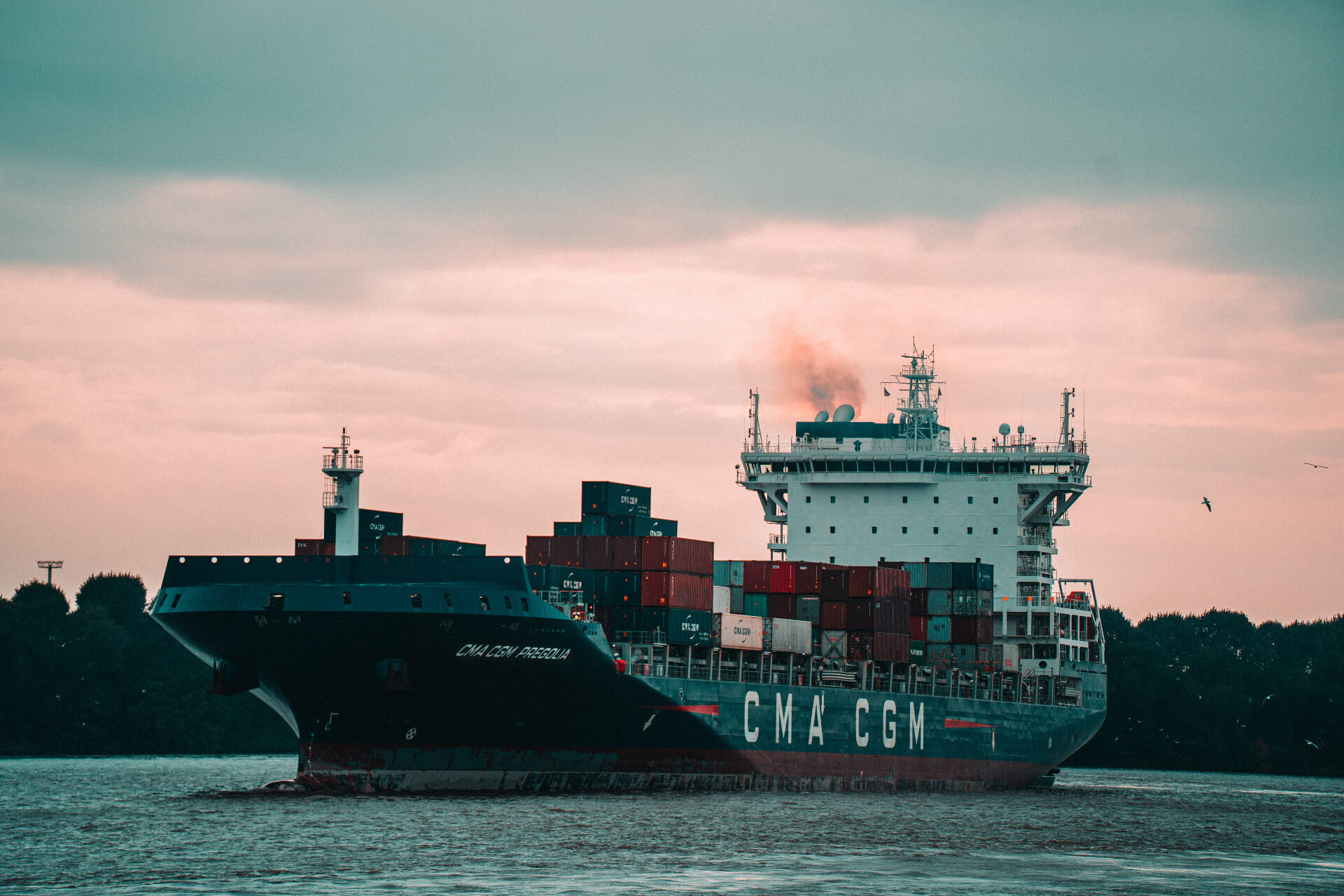
Revamping Global Supply Chain Strategy: 4 Case Studies
October 27, 2023 - Emily Newton
Revolutionized is reader-supported. When you buy through links on our site, we may earn an affiliate commision. Learn more here.
Supply chain management is already a delicate juggling act. What if a company wants to scale their services to other countries? It is time to hone in on a global supply chain strategy. Maintaining global logistics, transportation, and production is more intricate than ever.
Supply chain leaders must prioritize a global supply chain strategy to organize assets and departments, determine their roles, and clarify quotas and responsibilities to ensure resilient, seamless operations worldwide. These case studies explore companies venturing out into international markets and how they achieved success.
1. Starbucks
Starbucks has international acclaim, but it was once a small business like any other starting. It has faced its fair share of supply complications, no matter how well it scaled with its avid fanbase. In 2008, Starbucks had almost 17,000 locations. Stores were not pulling the corporation’s money to fund its supply chain. Profits were decreasing, and expenses to execute a global supply chain strategy were increasing.
Starbucks management had to cut costs. Otherwise, its international presence and reputation would take a hit. Stores might close, and people would lose their jobs. They noticed their supply chain was the issue, exponentially increasing costs. In the U.S. alone, supply chain costs went from $750 million to $825 million.
They analyzed the catalysts behind it to determine the next steps for their supply chain strategy. The goals were to reorganize, minimize costs to help stores meet targets, and implement resilience features to ensure this didn’t occur again. They noticed:
- Less than half of deliveries made it to stores on time.
- Third-party logistics expenses skyrocketed, which consisted of three of their five distribution centers in the States.
- The supply chain adapted to rapid growth rather than management updating processes for intentional development, making many procedures cumbersome.
They cut ties with ineffective third parties and build new company-owned production facilities. The remaining third parties they had worldwide would be continually graded on performance with new service level agreements for meeting deliverables. They saved over $500 million for a scalable global supply chain before 2010.
2. Nike
Nike could not expand its global supply chain strategy without first overcoming bad press. Unethical labor practices overseas put Nike in a strange position — face international backlash or keep doing what it was doing because they were already reaching international audiences.
Eventually, they revamped global production for better working conditions and environmental impact. These side effects help global supply chain strategy as a result. They called this the Rewire strategy, which had these goals:
- Integrate organization structure more thoughtfully
- Focus on lean manufacturing principles and training programs
- Craft a supplier incentive program to achieve sustainability with them
- Notify stakeholders of innovations for systemic change
A 2013 case study explores how development happened. Reimagining its global supply chain strategy made Nike more sustainable from an eco-friendly lens and a business resiliency perspective. The work environment became more ethical and stronger as a result. For example, lean training for contractors and workers gave them more agency to influence company decisions, empowering staff worldwide to increase efficiency.
Ultimately, sustainability was the driving factor behind the social changes in their global supply chain. It led to innovation and risk prevention.
3. Campbell Soup
For a staple that has been around as long as Campbell’s Soup, it has gone through significant supply chain adjustments. Over the years, Campbell Soup saw numerous challenges arise in its global supply chain strategy, including:
- Inadequate utilization of programs like SAP and data integration
- Inflated inventories
- Cumbersome procedures
- Lack of cohesion in corporate materials
Their inconsistent data and systems were causing supply chain customers to question their processes. How did they overcome these barriers? They focused on data curation, education, and aligning digital transformation with business processes and values.
By doing so, they extended their visibility over their products while being able to communicate more effectively with suppliers. Additionally, all staff and stakeholders became more aware of the company’s standing and stock while learning new tools and technologies to keep track of this information.
Campbell Soup had countless boons come from the changes they made to their supply chain. Some were tangible, correlating to increased revenue or saved budgets, while others were more of a mental shift. Campbell Soup saved $40 million in a year that would have otherwise been wasted in supply chain management. They also took a hard look at their inventory and reduced it by 39% while tabulating their stores for 100% accuracy. Finally, their KPIs made sense alongside corporate objectives, emboldening staff and stakeholders alike.
4. IBM
IBM has always been one of the world’s leading tech companies, inspiring others to embrace cognitive supply chains and commit to innovation. Post-pandemic, IBM struggled to get operations back to standard, so a global supply chain strategy had to reimagine within this new world with more disruptions than ever. They embarked on the IBM Supply Chain Transformation journey. The plan sought to:
- Invest in employee growth for more remarkable dedication
- Always refer to client needs
- Leverage scalable, exponential technologies for increasing value, such as blockchain and the IoT
- Become more agile with concepts like automation and multi-source resiliency
For example, they saw results in their digital transformation by incorporating augmented reality for remote maintenance and employee assistance in international locations. They minimized common issues holding them up previously in manufacturing by having real-time analytics and diagnostics before problems compounded. Eventually, their global supply chain became 95% more efficient in handling global challenges.
Global Supply Chain Strategy Success Stories
These case studies explore why a company may want to reevaluate its global supply chain strategy. From Starbucks’ unexpected success to Nike’s publicity faux pas, scaling can be interrupted and stunted at any point. However, overcoming these challenges with a thoughtful eye to recognize expansion opportunities can be just as essential.
It is possible to adjust any business to start having an international audience. With enough planning, market research, and budgeting, every company can reinforce its staff and revenue for infinite expansion possibilities.
Revolutionized is reader-supported. When you buy through links on our site, we may earn an affiliate commision. Learn more here.
Author
Emily Newton
Emily Newton is a technology and industrial journalist and the Editor in Chief of Revolutionized. She manages the sites publishing schedule, SEO optimization and content strategy. Emily enjoys writing and researching articles about how technology is changing every industry. When she isn't working, Emily enjoys playing video games or curling up with a good book.




